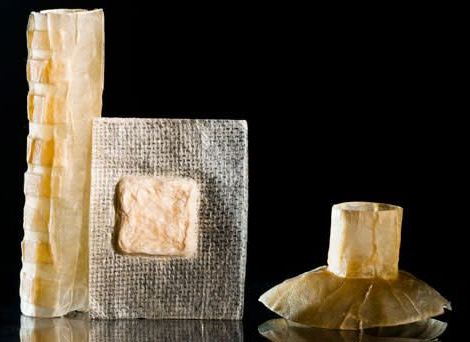Circa 2019
The insect reveals a vision strategy that takes the computing challenges out of stereo vision.
Circa 2019
The insect reveals a vision strategy that takes the computing challenges out of stereo vision.
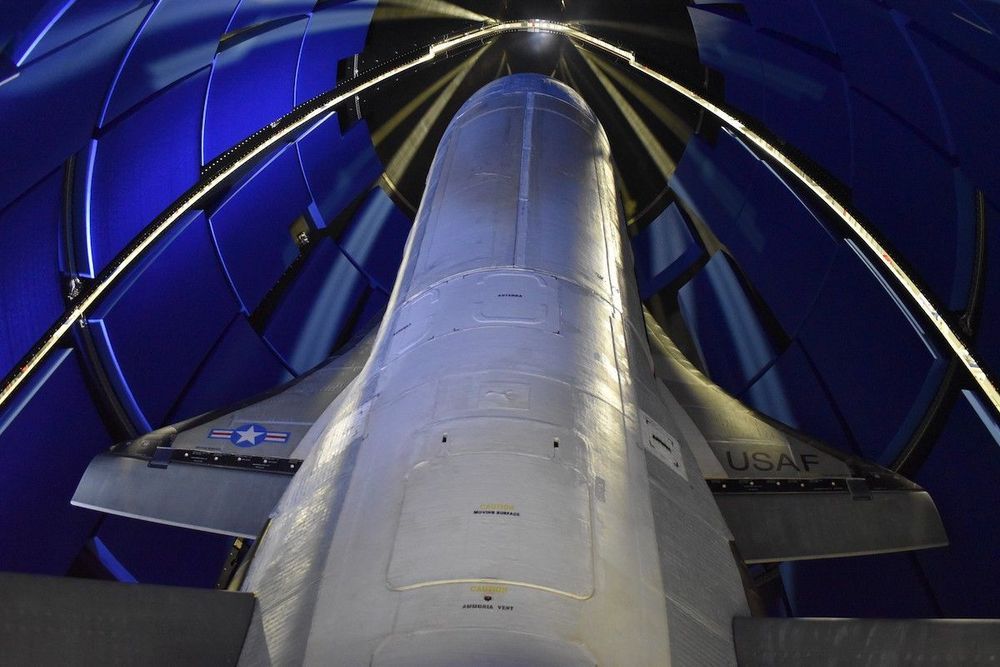
The next flight of the U.S. military’s reusable X-37B spaceplane — scheduled for liftoff May 16 from Cape Canaveral — will carry more experiments into orbit than any of the winged ship’s previous missions, including two payloads for NASA and a small deployable satellite built by Air Force Academy cadets.
Military officials announced new details about the upcoming X-37B mission Wednesday, and confirmed its target launch date of May 16. The Boeing-built spaceplane was mounted on top of a United Launch Alliance Atlas 5 rocket Tuesday inside the Vertical Integration Facility at Cape Canaveral’s Complex 41 launch pad.
The unpiloted spacecraft launches inside a payload shroud on top of a conventional rocket, unfurls a power-generating solar array in orbit to generate electricity, and returns to Earth for a runway landing like NASA’s retired space shuttle.
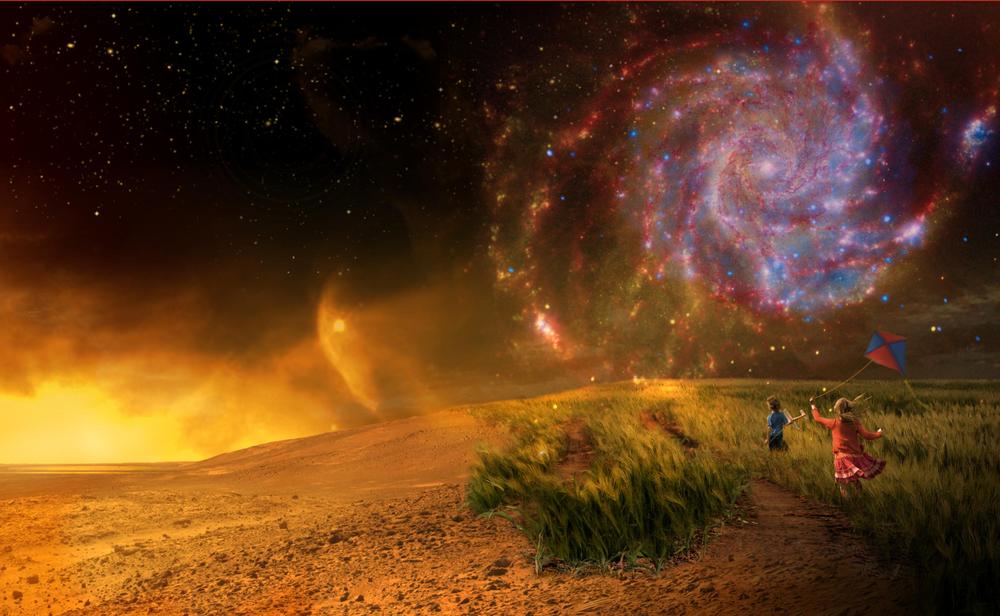
Viruses are likely to be widespread across the cosmos, says expert. The good news is that most if not all are unlikely to pose threats to space-faring humans.
As this wretched COVID-19 disease has so acutely demonstrated, we live in an ecological duopoly of predator versus prey. Nothing about this set-up is going to change. At least a part of this microbial world is going to continue to wreak havoc on humans anytime it can.
Thus, in our current quest to move off-world, first to the Moon and Mars, then even further afield what are the chances that any given exo-earth will also harbor microbes that will be lethal to other living organisms? In other words, will this predator versus prey dynamic play out on a grand cosmic scale?
Most if not all ecosystems on Earth depend on some life forms feeding on other life forms for energy or other nutrients. I don’t see any reason that this would not be similar on exoplanets that harbor life, Ken Stedman, a virologist at Portland State University in Oregon, told me.
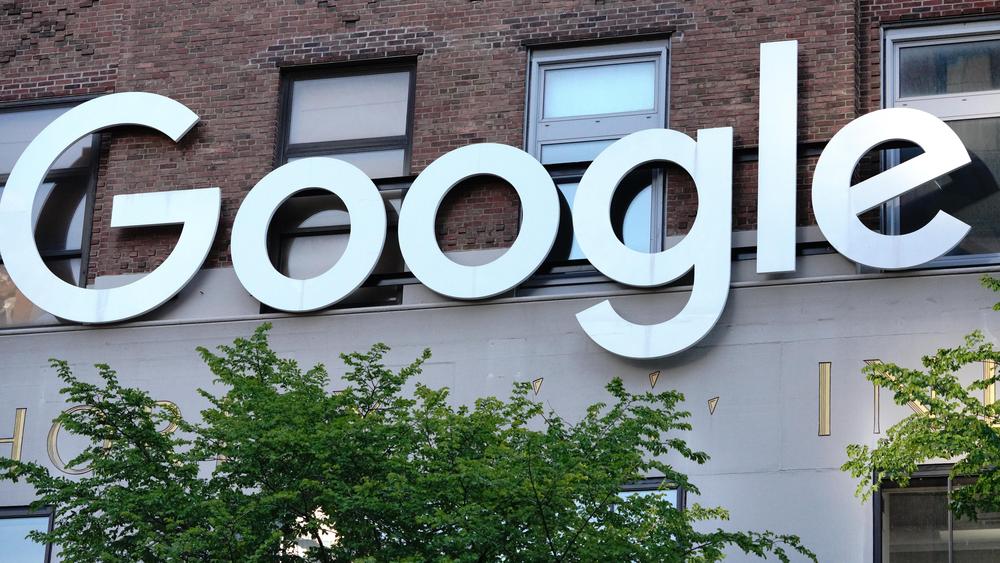
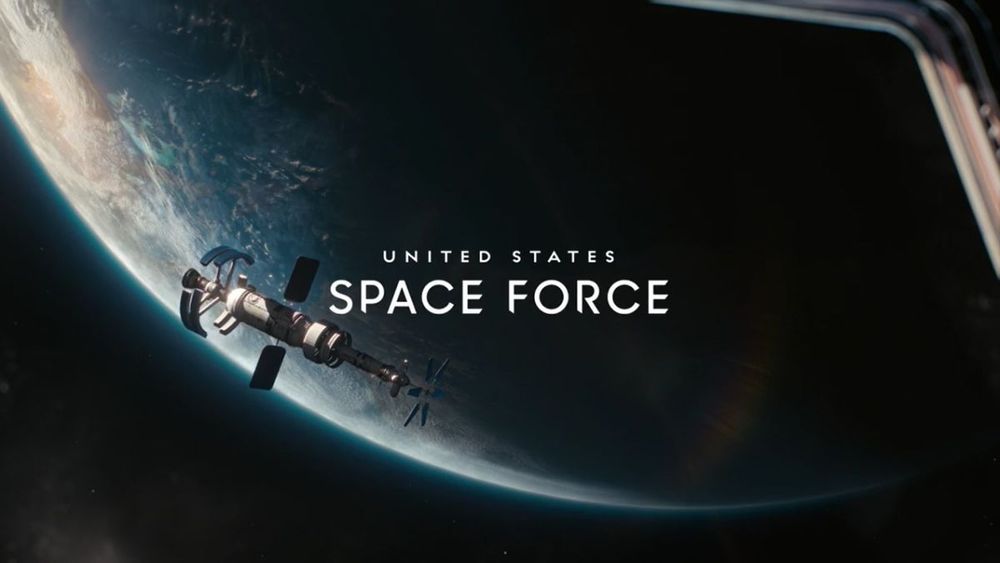
“Some people look to the stars and ask, ‘What if?’” the video says. “Our job is to have an answer.” Space Force officials shared the video on social media with a link to a recruitment website here.
It’s official: The U.S. Space Force wants you to join the ranks of the newest branch of the American Armed Forces.
In a new recruitment video unveiled today (May 6), the Space Force makes its case for a military life among the stars.
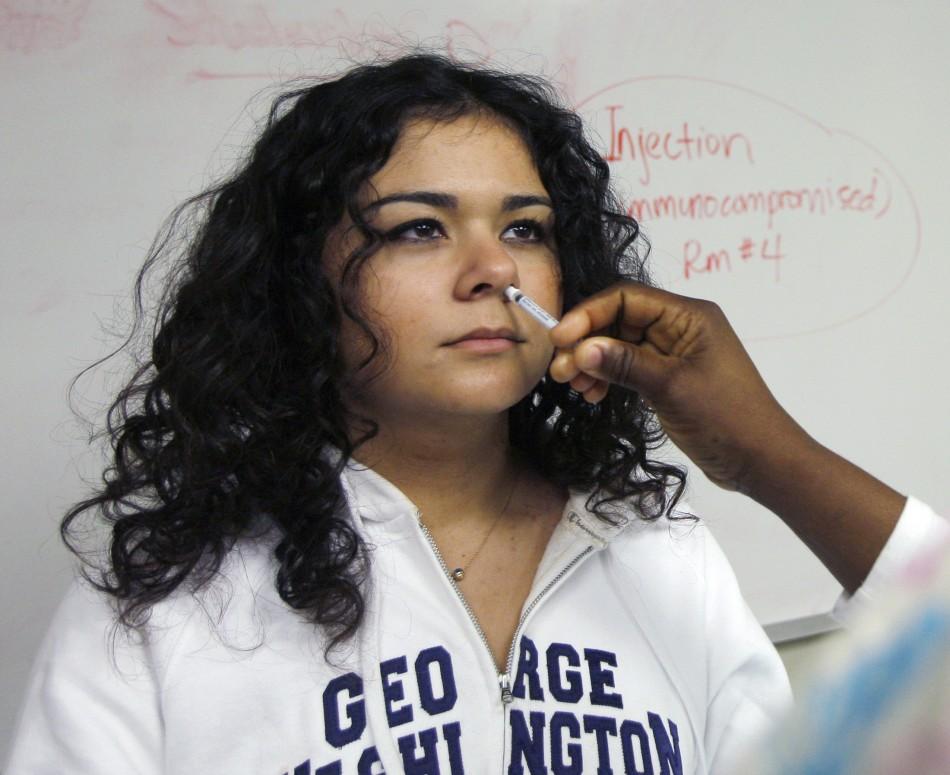
Researchers at the University of Pittsburgh in collaboration with Magee Women’s Research Institute are developing a nasal spray that they say can possibly prevent a coronavirus infection.
The active ingredient used in the nasal spray is a protein called Q-Griffithsin, which is extracted from algae and tobacco plants. The researchers believe that this protein molecule will bind to the coronavirus and prevent it from infecting healthy cells.
The protein molecule was originally developed to potentially prevent several other infections. Animal studies revealed that Q-Griffithsin worked effectively against MERS, SARS, hepatitis, Ebola, and several other viruses.

Sometime around 6:30PM ET on May 6th, popular iOS apps from major companies like DoorDash, Spotify, TikTok, and Venmo suddenly starting crashing. The culprit didn’t remain a mystery for long.
Developers on Twitter and GitHub quickly discovered the cause to be an issue with the software development kit (SDK) from Facebook, which is interwoven into the operation of countless mobile apps from companies large and small. The problem, while resolved rather quickly by Facebook, illustrates the scope of the social network’s platform and how even minor issues can have major ripple effects throughout the mobile software industry.
“Earlier today, a new release of Facebook included a change that triggered crashes for some users in some apps using the Facebook iOS SDK,” a Facebook spokesperson told The Verge yesterday in a statement. “We identified the issue quickly and resolved it. We apologize for any inconvenience.” The Facebook SDK is a bundle of software tools for developers that helps power features like signing in with a Facebook account and providing share to Facebook buttons. So the issue was not unique to iOS; it could have happened to the Android SDK and, in this case, simply affected Apple’s platform.
In what will surely divide the e-cycling world, Delfast has updated its latest high-speed electric bicycle. The Top 2.0 is a high power, 50 mph (80 km/h) e-bike that pushes the limits of electric bicycles.
